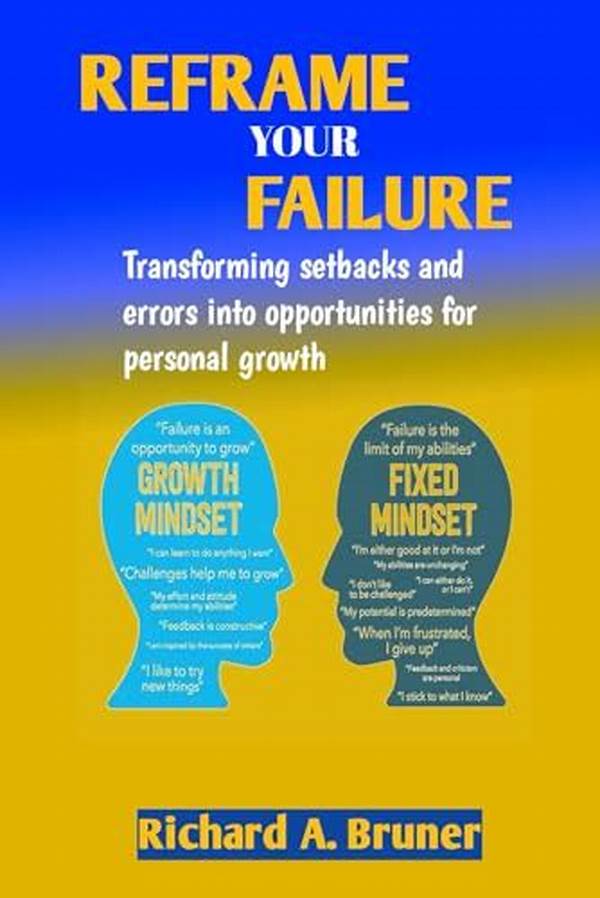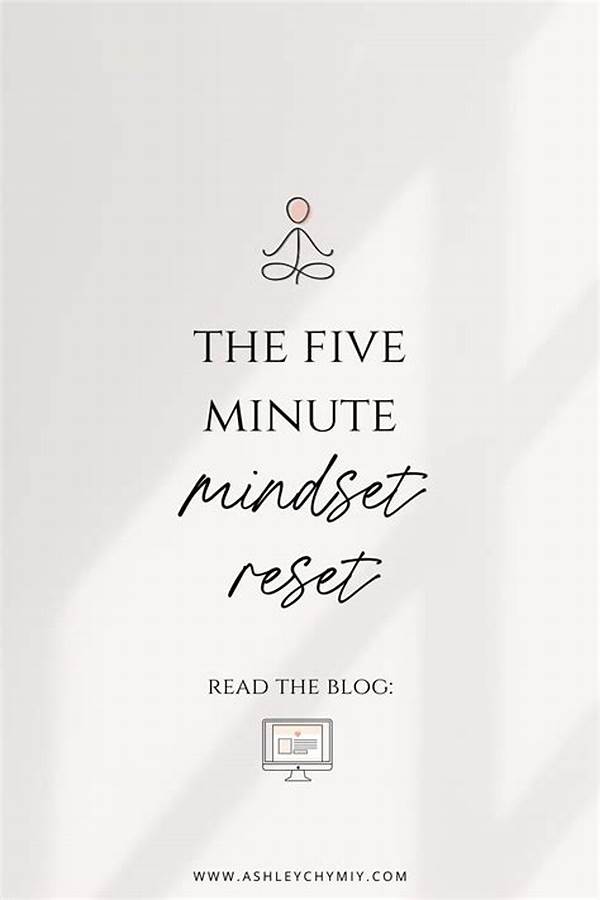How to Reframe Failure into Growth Opportunities
Read More : How Millennials Overcome Impostor Syndrome
Failure—it’s a word that can evoke dread and despair, but what if we told you that your biggest failures could become your greatest opportunities? Yes, it’s possible, and in the current fast-paced world, knowing how to reframe failure into growth opportunities is a crucial skill. Buckle up as we take you on an enlightening journey where we turn the notion of failure on its head, making it as appealing as the latest viral challenge.
At some point, everyone faces failure. Whether it is a startup that never took off, a project that went off the rails, or simply an opportunity that slipped through your fingers—failure is a universal experience. However, the trick lies in how to reframe failure into growth opportunities. Think of it like a magic lens through which failure isn’t the end but rather the beginning of something beautiful and transformative. By looking beyond the setback, there lies a valuable lesson or insight patiently waiting to be unveiled.
Consider the story of Henry Ford, whose early businesses failed spectacularly and left him broke five times before he founded the Ford Motor Company. Ford understood how to reframe failure into growth opportunities by turning each setback into a pillar of strength and a lesson learned. It’s not about failing less, but about failing better, sans the unnecessary drama of self-loathing and discouragement. Laugh, if you must, at the ridiculousness of your failure because humor, indeed, is a sublime antidote. And let’s be honest, who doesn’t love a good underdog story with a dash of humor?
Seeing the Silver Lining in Every Failure
The process starts with an unwavering belief that failure is not the opposite of success; rather, it is a part of it. And it is high time to spread the gospel of how to reframe failure into growth opportunities. When we embrace failure head-on, acknowledging it without the sugar-coating, we strip it of its debilitating power. This strategy is so powerful that even top-notch marketers swear by it, turning initial marketing flops into campaigns that redefine entire industries.
—
Now, moving on to a synopsis, we will dive deeper into how to reframe failure into growth opportunities through a structured discussion that you won’t want to miss.
A How-To Approach
Failure has always been portrayed as a negative aspect of our journey—something we must avoid at all costs. However, as we unravel the depths of how to reframe failure into growth opportunities, it becomes clear that failure is much more nuanced. The great inventor Thomas Edison had a refreshing take on this, saying, “I have not failed. I’ve just found 10,000 ways that won’t work,” demonstrating a stellar example of how to reframe failure into growth opportunities.
While this method may feel revolutionary, it’s deeply rooted in a mindset shift. One common technique involves dissecting the failure into its core components. Like a detective on a high-stakes case, you examine each aspect critically, turning every stone until you uncover the valuable lessons hidden beneath the rubble of what seemed disastrous at first glance.
Furthermore, embracing failure requires a community of like-minded individuals. Whether you’re part of a startup, a seasoned entrepreneur, or even someone trying to make sense of life in general, sharing stories of failure not only normalizes the experience but also provides alternate perspectives, thus enriching the process of how to reframe failure into growth opportunities.
Embracing the Learning Curve
The road is long and, yes, sometimes teeming with setbacks, but the beauty of understanding how to reframe failure into growth opportunities lies in the never-ending possibilities. By collecting these lessons—like saving power-ups in a video game—you’re not just preparing for the final boss fight but growing your arsenal for future challenges.
Still skeptical? Let’s analyze some hard facts. Researches indicate that entrepreneurs who have faced failures are more likely to succeed in future ventures compared to their risk-averse counterparts. This statistic doesn’t lie—it screams success through failure. And as the saying goes, the numbers never deceive.
Building a Resilient Mindset
Delve into real scenarios and hear testimonials from those who have not only mastered how to reframe failure into growth opportunities but have managed to turn it into their secret superpower. Shifting our perspective on failure breeds resilience, and the strength to carry on even when the odds seem insurmountable.
Now, let’s outline some goals tied to this profound subject.
Goals for Mastering How to Reframe Failure into Growth Opportunities
Build a Bridge to Success
The captivating story of embracing failure doesn’t just end here; it catapults you into a cycle of consistent learning and growing. The essence of how to reframe failure into growth opportunities boils down to continuous self-improvement, readiness to adapt, and never settling in the comfort zone of success. Imagine discovering a secret recipe—each failure is an ingredient that, when processed wisely, creates a dish that’s uniquely yours.
So why wait? Start today. Embrace failure, learn, grow, and remember, the most successful people in the world are not those who have never failed but those who rose from their failures, transformed, and ready to conquer the next big challenge.
Nurturing Success Through Failure
When you flip the script on failure, it does more than just enrich your journey. It transforms how you perceive and approach future challenges. It’s about seeing the long game, where the process of failing becomes as rewarding as succeeding. You’ll find the courage to innovate freely, without the paralyzing fear of failure.
Knowing how to reframe failure into growth opportunities empowers you, makes life engaging, and transforms the hurdles into stepping stones toward your greatest triumphs.
Unlocking the Power of Failure
To bring this conversation full circle, let’s further examine the role of how to reframe failure into growth opportunities on an individual and collective scale.
Reimagining Failure as Opportunity
Have you ever wondered what makes some people bounce back from adversity stronger than ever, while others remain stuck? The secret lies in how to reframe failure into growth opportunities. It’s about transforming setbacks into setups for comeback stories that could rival any bestselling novel.
For individuals, embracing flaws and learning from missteps cultivates a resilient mindset, essential in today’s ever-evolving landscape. By not running from past mistakes, and instead dissecting them, you build a robust framework filled with invaluable life lessons. The reluctant entrepreneur who once saw failure as defeat can now lead a thriving business, all thanks to these well-trained reframing abilities.
For organizations, this approach becomes a backbone for fostering an innovative culture where risks are not demonized but seen as avenues for potential breakthroughs. The shift from a punitive environment to one of encouragement results in more engaged employees, ready and motivated to push boundaries. A company celebrated for its creative solutions probably mastered how to reframe failure into growth opportunities, encouraging its teams to think beyond traditional paradigms.
The entire discourse on how to reframe failure into growth opportunities reverberates beyond immediate benefits. It influences how societies progress and tackle challenges with hope and determination. By normalizing failure, societies empower the next generation to dream big, take calculated risks, and innovate boldly without the stigma of failure stifling their spirit.
In conclusion, whether you’re on the brink of your next business venture, or navigating the intricate maze of everyday challenges, remember: the way you perceive and handle failure will significantly determine your future. Embrace it, learn from it, and master how to reframe failure into growth opportunities because, in the grand tapestry of life, even the threads of failure contribute magnificently to the masterpiece.



